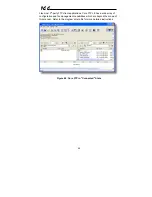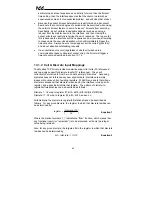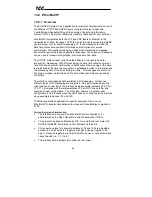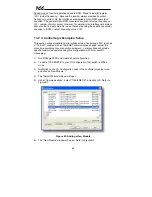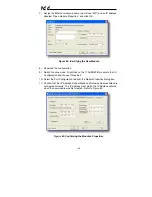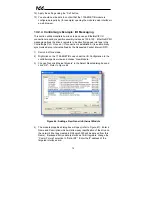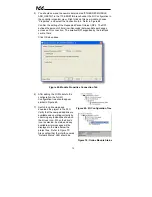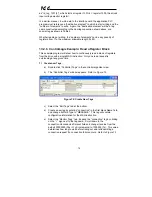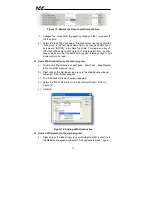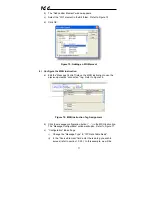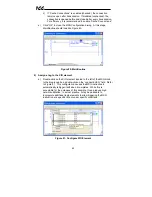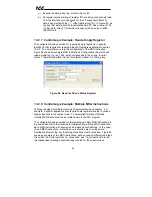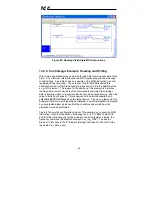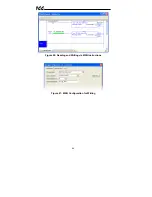
73
ICC
solid green, indicating an “online/connected” state.
8) By double-clicking “Controller Tags” in the project tree, it is possible to view
the newly-added tags. Refer to Figure 71. The ASD_G9ETH:C
configuration tag is unused, the ASD_G9ETH:I tag allows viewing of the
input data, and the ASD_G9ETH:O tag allows modification of the output
data. These tags will be synchronized with the drive at whatever rate was
established for the module’s RPI.
Figure 71: Controller Tags for I/O Access
We can directly interact with these tags in order to control and monitor the
drive. In Figure 71, we can see that the first 16-bit word of output data
(ASD_G9ETH:O.Data[0]) has been set to a hexadecimal value of 0xC400.
Referring back to Figure 37, we can see that the first element of the consumed
register configuration references register 1007, which is the drive’s option board
Command 1 register. A value of 0xC400, therefore, means that the frequency
priority, command priority, and run bits have been turned ON.
Similarly, we can see that the second 16-bit word of output data
(ASD_G9ETH:O.Data[1]) has been set to a decimal value of 1234. Once again
referring back to Figure 37, we can see that the second element of the
consumed register configuration references register 1008, which is the drive’s
option board frequency command register. A value of 1234, therefore, equates
to a frequency command of 12.34Hz.
The input data from the drive shows similar expected results. Values of 0x6404
and 1234 corresponding to registers 1402 (inverter status 1) and 1401 (output
frequency), respectively, are consistent with the drive running at the parameters
commanded by the output tag.
13.2.5
Explicit Messaging Tag Reference
When class 3 (explicit messaging) connections are used, register contents are
read from and written to the interface card via EtherNet/IP by reference to “tag
names”. Tags are read via the EtherNet/IP “data table read” service, and tags

